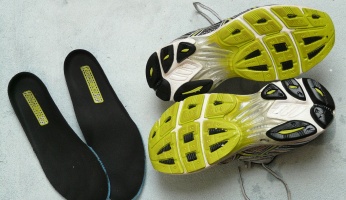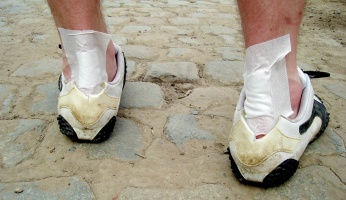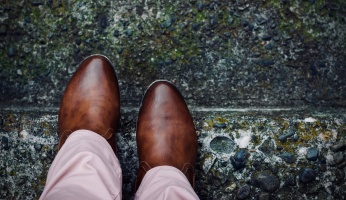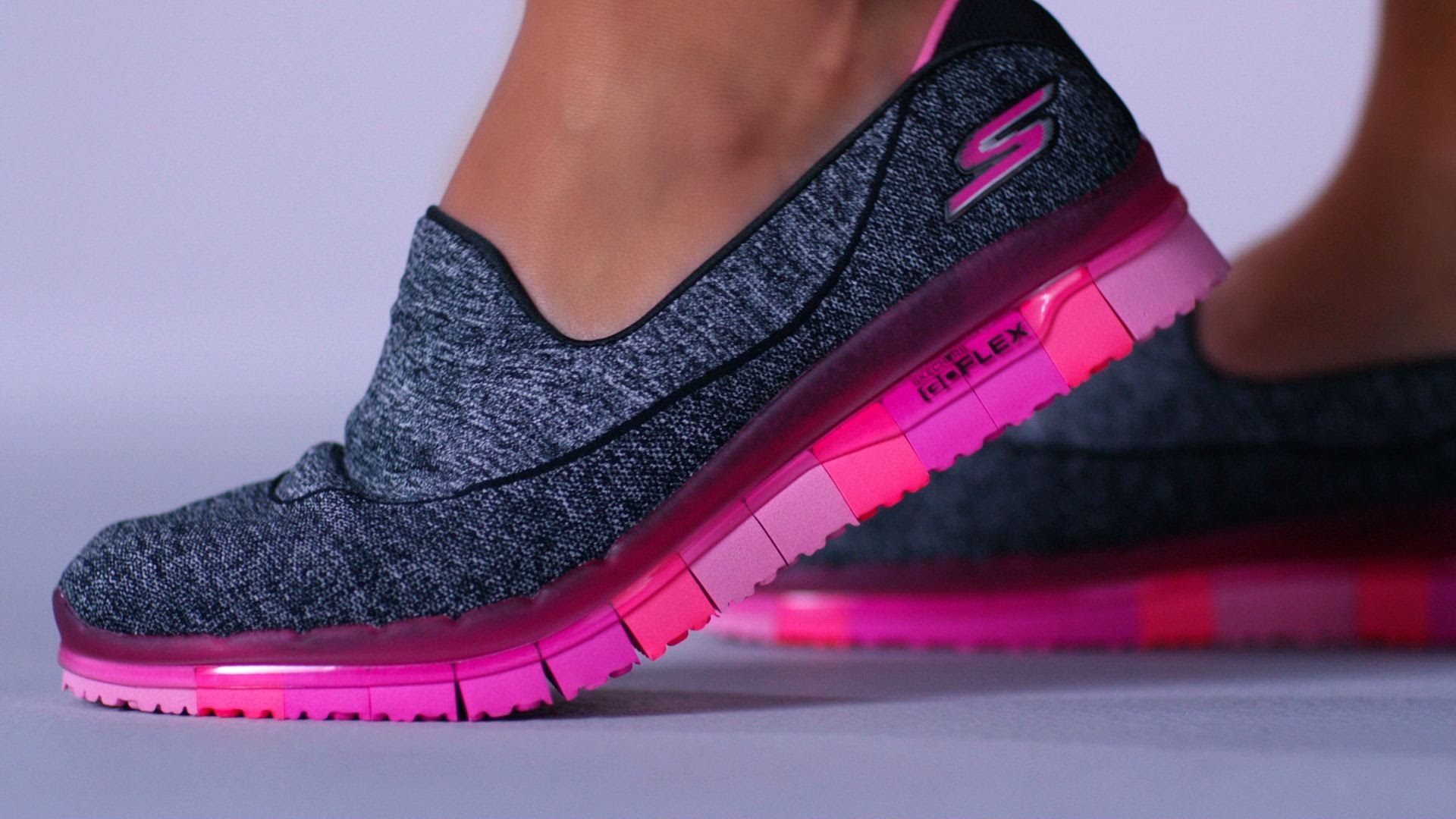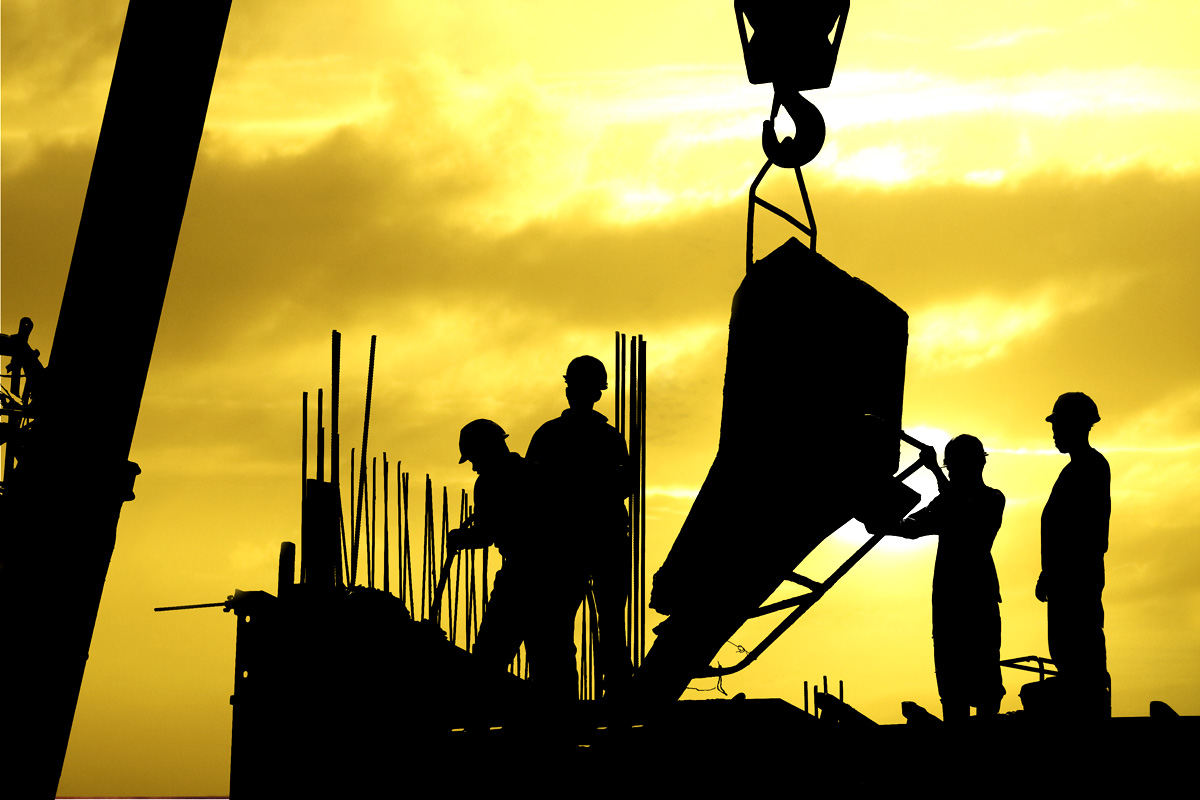Everything you Need to Know About Safety Shoes
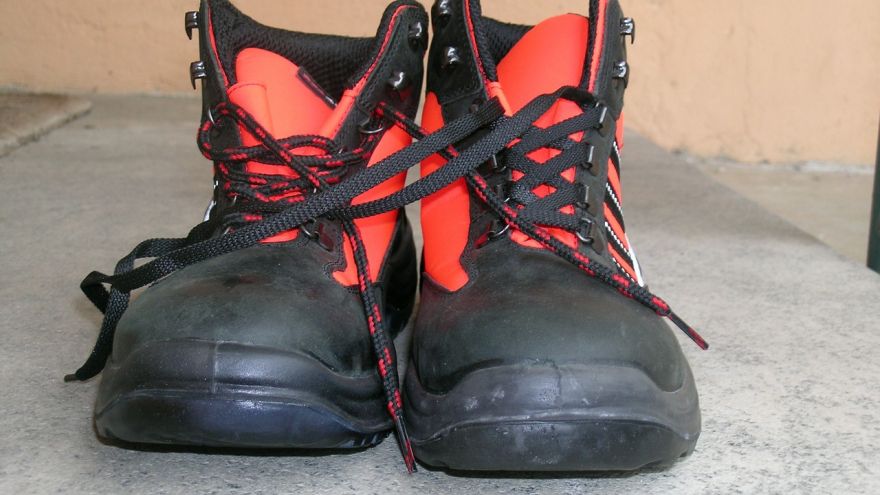 Everything you Need to Know About Safety Shoes www.walkjogrun.net
Everything you Need to Know About Safety Shoes www.walkjogrun.net Like so many things in life work safety starts from the ground up. Many people, regardless of their profession, don’t think about how important footwear can be to their overall job safety (and performance).
The number of jobs that take a toll on your feet is wide ranging and varied — from waiters to construction workers to mechanics to electricians — what you put on your feet is of utmost importance. If you’ve ever injured your foot (or feet) seriously than you have not gained the respectful perspective that your feet deserve. They’re pretty important when it comes right down to it, so if your profession entails a higher level or stress or risk for your feet it’s worth it to get a good pair of safety shoes.
But what exactly are safety shoes? Well, again the range of styles is wide ranging and comprehensive.
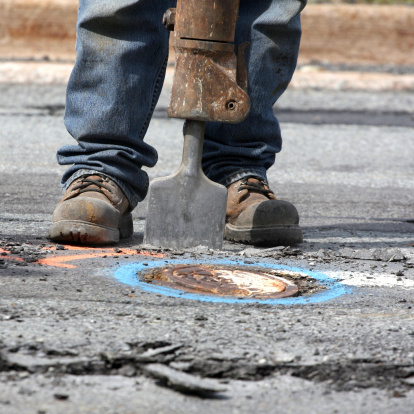
The market today is packed with manufacturers introducing new boots, proprietary technologies and the latest cutting edge additions to the arena of safety footwear. However, understanding what your needs are and knowing about the morass of terminology will better allow you to find the perfect pair of boots/safety shoes for your needs. At the end of the day it’s hard to put a price tag on comfort, and more so on safety.
Below we’ll go over pretty much everything you need to know about safety shoes. First order of business, what are the basic types?
Safety-toed shoes
As the name implies safety toed shoes are built with a reinforced material around the toe area. This keeps your toes protected from accidents, blunt force trauma, and other unexpected mishaps. Safety toed shoes are often the minimum requirement for workers in industrial businesses, mills and other environments with heavy machinery/exposure to risk factors.
This style can be taken step further and the protective material around the toebox can be made of steel. Hence the famous “steel toed’ boots. To determine what is right for you give a minutes thought to your risk level — keep in my steel toed boots are often more expensive. Overall, think of safety toed shoes are the minimum effective dose for workplace responsibility.
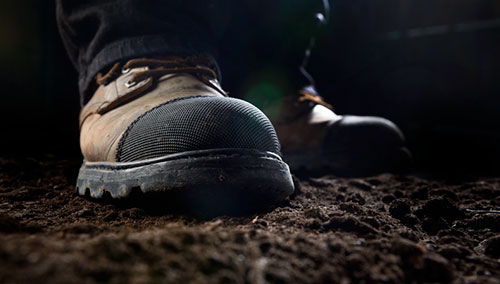
Steel insole shoes
— Another relatively self-explanatory name, shoes with steel insoles are meant for a specific purpose. They protect people whose feet have to undergo a good amount of wear and tear/torque over the course of their job duties. Examples here would be a truck driver, a forklift operator or another profession where you’re required to push heavy pedals with your feet. As counter-intuitive as it may sound, steel insole shoes are often some of the most comfortable in this category.
Metal instep footwear –
– The name of the game with metal instep footwear is protection from all angles. These shoes have been specifically designed to safeguard the feet against sharp and pointy objects like nails, glass pieces, and other metal objects. The most common place you’ll find these shoes utilized is in a factory setting where the objects mentioned above (or similar ones) are generally present. The metal instep helps by preventing these sharp objects from penetrating your footwear and causing injury or discomfort to your feet.
Metatarsal Shoes
Are special safety shoes that have been intentionally designed and created to protect the upper part of the foot structure (bones, etc). This style of shoe has been proven effective and eliminating or at least reducing the number of injuries that occur from heavy objects falling on feet. Sometimes called “dropping hazards” this leads to a surprising number of injuries annually. You will most typically find these shoes worn on construction sites or jobs that involve lifting of heavy equipment and/or the operation of machines.
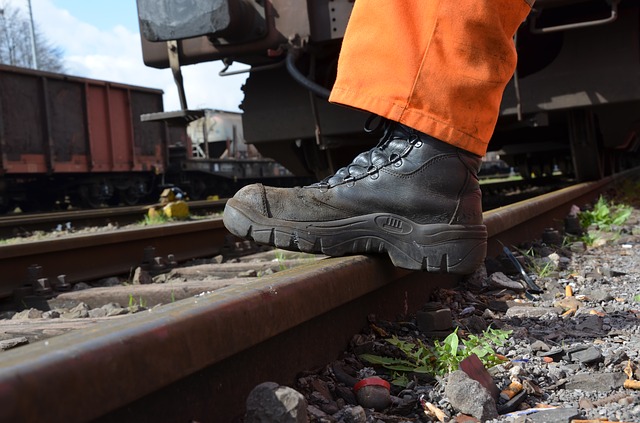
Frequently asked questions
- How safety shoes are best chosen? It’s important to be highly specific about the conditions and hazards your shoes will be protecting you from. Below are some considerations:
- Which materials are handled or utilized by the worker
- How likely is it that objects will fall or strike the feet
- The possibility of sharp or pointed objects that could cut the feet
- The chances of something sharp or intrusive penetrating the bottom of the shoe
- Exposure to corrosive or other irritating substance
- The potential exposure to electrical voltage
- The variation of types of walking surface(s) and environmental conditions workers may be placed under (examples: loose ground, gravel, smooth surfaces, temperature extremes, wet/oily, chemicals, slippery surfaces, etc.).
What you should know about the fit and care of safety shoes?
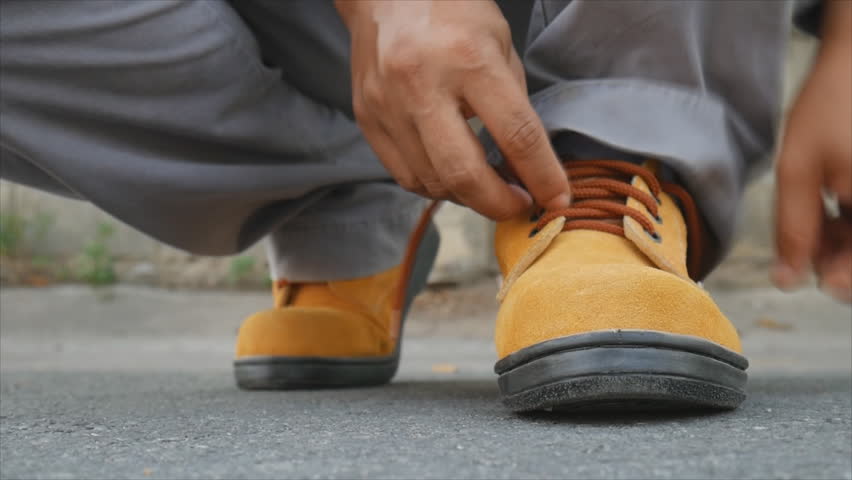
Fit:
- When you’re trying on your safety shoes, do it after midday to allow your feet to swell
- Walk around the house to ensure comfortability
- Boots need to have enough toe room (toes should be about 12.5 mm from the front). Safety shoes do not stretch out the way other shoes do.
- Make sure there is enough space in the shoes/boots for specific inserts or socks
- What you want is a fit that is snug around the heel and ankle when laced
- If concerned about ankle injuries get shoes/boots with a high ankle
Care:
- Waterproof your shoes or add some other protective coating
- Inspect your shoe often for cracks in the soles or deterioration of leather exterior
- Replace or repair shoes in a timely manner
- Shoes designed to protect from electric shocks are much less useful when wet (even just a bit damp)
- If the sole of a shoe is penetrated or degraded to a certain point be sure to replace
So there you have it, a rundown and explanation of best uses for the most common types of safety shoes/boots. Additionally, after reading this post you should have some good ideas now when it comes to fit and care of your work shoes. Take some time to think critically about your needs, keep the above in mind, and get yourself a pair of shoes that keep your feet safe and sound — here’s to happy and healthy feet!





